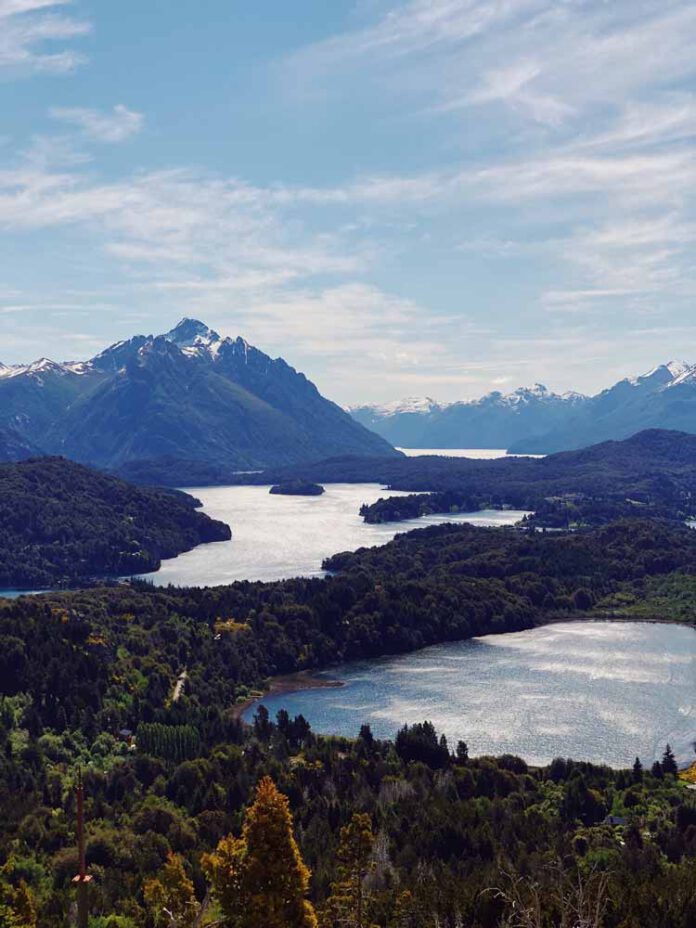Infinite expanses, fierce storms, extreme cold: Patagonia is a contrasting destination where one can experience all four seasons in a day. Join us to the southernmost end of South America, west and east of the Andes, and encounter a cosmopolitan population, a product of several successive waves of immigration.
Spot 1
Valdes: The Land of Whales
In the far north of Patagonia, the Valdes Peninsula offers unique experiences. This exceptional place, a UNESCO World Heritage Site, is one of the most beautiful nature reserves in South America.
In Golfo Nuevo, over 800 whales and their calves seek protection from marine predators annually. Between October and November, the calves learn to swim and hunt alongside their mothers. From the town of Puerto Piramides, agencies offer excursions to observe the southern right whales. Sports enthusiasts can also take the tour by canoe!

Spot 2
Ushuaia: The End of the World
The name is legendary. Ushuaia is the southernmost city in the world. To reach the island of Tierra del Fuego, where its capital Ushuaia is located, one must cross the Strait of Magellan by boat. This area, constantly exposed to fierce winds, is of unique beauty. The untouched nature is home to wild animals living in harmony with the thousands of sheep of Patagonian breeders. Jeep tours, horseback rides, and hikes offer the opportunity to discover the history of the indigenous people. The route follows the Beagle Channel to the small Estancia Harberton. In this farmhouse at the end of the world, lived the missionary Bridges, the only translator of the language of the Yamana Indians.

Spot 3
Cape Horn: In the Heart of the Roaring Forties
55° 54′ 48″ South. This latitude is a real challenge for many sailors. Cape Horn on the tip of Tierra del Fuego is lashed year-round by storms, strong winds, rain, and snow. On this remote rock between the continent and Antarctica, a unit of the Chilean army is supplied by boat with provisions, and hitching a ride is possible. On board, scientists and researchers study the flora and fauna and measure glacier movements.

